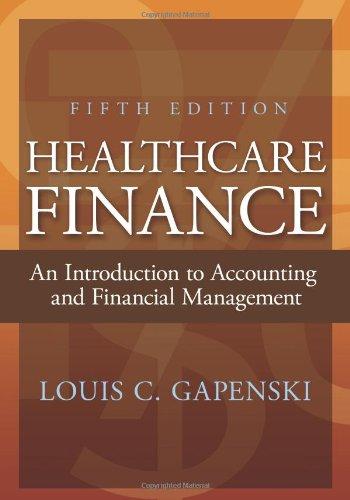Question
Q5) On 9th March you decide to divest a segment of your fund portfolio by the end of the month. That segment corresponds to a
Q5) On 9th March you decide to divest a segment of your fund portfolio by the end of the month. That segment corresponds to a broadly held equity portfolio that closely follows the S&P200 Index i.e. the portfolio beta with the S&P200 Index is 1, and its current market value is $6.165m. Until the segment is liquidated, you attempt to fully hedge against downside risk using ASX S&P200 index futures (1 point = $25). Relevant details are:
| On 9th March | On 30th March | |
| Portfolio value | $6.165m | $5.84m |
| ASX S&P200 Index | 3322.6 | 3148.8 |
| ASX S&P200 Futures | 3349 | 3115 |
Describe in detail how you would construct a hedging position, assuming the above details occur on 30th March.
a) Evaluate the outcome of your hedge.
b) Carefully outline a possible reason (other than rounding up contracts) for a possible discrepancy between the spot and hedging positions.
Q6) In early 2012, the spot exchange rate between the Swiss Franc and U.S. dollar was 1.0404 ($ per franc). Interest rates in the U.S. and Switzerland were 0.25% and 0% per annum, respectively, with continuous compounding. The three-month forward exchange rate was 1.0300 ($ per franc). What arbitrage strategy was possible?
Q7 a) Your firm needs to raise $97.7 million in funds. You can borrow short term at a spread of 1% over LIBOR. Alternatively, you can issue 10-year, fixed-rate bonds at a spread of 2.57% over 10-year Treasuries, which currently yield 7.62%. Current 10-year interest rate swaps are quoted at LIBOR versus the 8.1% fixed rate. Management believes that the firm is currently underrated and that its credit rating is likely to improve in the next year or two. Nevertheless, the managers are not comfortable with the interest rate risk associated with using short-term debt.
Suggest a strategy for borrowing the $97.7 million. What is your effective borrowing rate?
b) Suppose the firms credit rating does improve three years later. It can now borrow at a spread of 0.50% over Treasuries, which now yield 8.99% for a seven-year maturity. Also, seven-year interest rate swaps are quoted at LIBOR versus 9.54%.
How would you lock in your new credit quality for the next seven years? What is your effective borrowing rate now?.
Step by Step Solution
There are 3 Steps involved in it
Step: 1

Get Instant Access to Expert-Tailored Solutions
See step-by-step solutions with expert insights and AI powered tools for academic success
Step: 2

Step: 3

Ace Your Homework with AI
Get the answers you need in no time with our AI-driven, step-by-step assistance
Get Started


